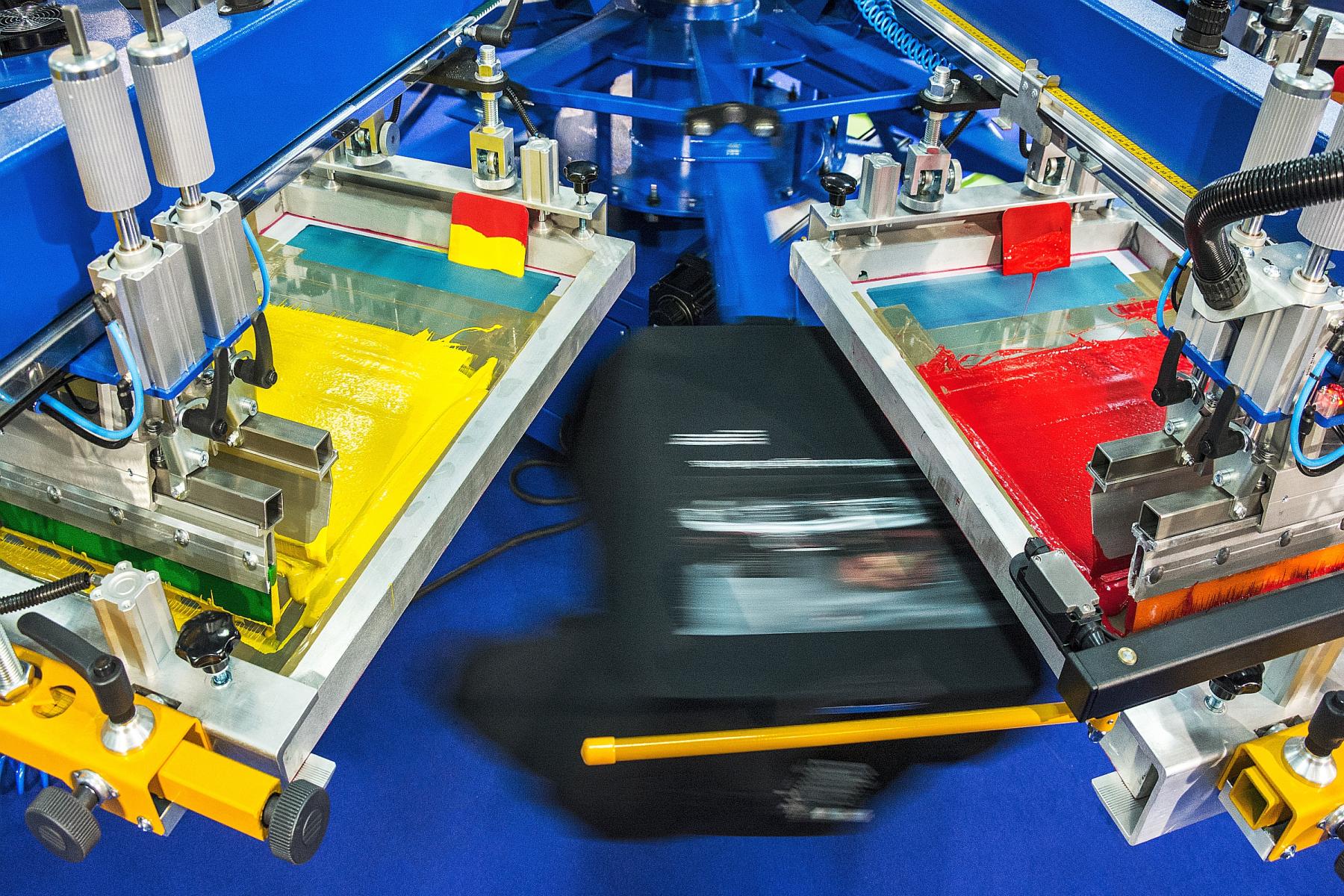
Image Source: Google
Direct-to-Garment (DTG) printing is a popular method for creating high-quality, detailed designs on clothing items. This process involves using a specialized printer to apply water-based inks directly onto the fabric of a garment. The result is a vibrant and long-lasting print that can capture intricate details and colors with precision. Understanding the DTG printing process can help you make informed decisions when it comes to creating custom apparel for your business or personal use.
One of the key advantages of DTG printing is its ability to reproduce complex designs with a high level of detail. Unlike traditional printing methods like screen printing, DTG printing does not require separate screens for each color in the design. Instead, the printer can digitally print the design directly onto the garment, allowing for a full range of colors and intricate details to be captured accurately. This makes DTG printing ideal for designs with gradients, fine lines, and intricate patterns.
To start the DTG printing process, the first step is to prepare the digital artwork that will be printed onto the garment. The artwork is typically created using graphic design software like Adobe Photoshop or Illustrator and is saved in a high-resolution format to ensure crisp and clear printing results. Once the artwork is ready, it is loaded into the DTG printer, which uses specialized software to control the printing process.
Next, the garment to be printed on is placed onto a flat surface, and a pretreatment solution is applied to the fabric. This pretreatment helps the ink bond to the fabric and ensures that the colors appear vibrant and are long-lasting. After the pretreatment has been applied and dried, the garment is loaded into the DTG printer, and the printing process begins. The printer will move back and forth across the fabric, applying the water-based inks layer by layer to create the final design.
One of the advantages of DTG printing is its ability to produce small print runs quickly and cost-effectively. Unlike traditional printing methods that require a minimum order quantity, DTG printing allows for on-demand printing, meaning that you can create custom apparel in small quantities as needed. This makes DTG printing ideal for businesses looking to create limited edition merchandise or individuals looking to create custom clothing for personal use.
When it comes to choosing garments for DTG printing, it is essential to select fabrics that are compatible with the process. Fabrics like cotton and cotton blends are ideal for DTG printing, as they allow the water-based inks to bond effectively and produce vibrant colors. Other fabrics like polyester can also be used for DTG printing, but special pretreatments and inks may be required to ensure optimal results.
After the printing process is complete, the garment is typically cured using a heat press or conveyor dryer to ensure that the inks are fully set and the design is durable. Curing the garment helps to prevent fading and ensures that the print will withstand regular washing and wear. Once the garment has been cured, it is ready to be worn or sold, showcasing the vibrant and detailed design created through the DTG printing process.
Overall, understanding the DTG printing process can help you appreciate the intricacies and advantages of this popular printing method. From its ability to reproduce complex designs with precision to its versatility in producing small print runs, DTG printing offers a range of benefits for businesses and individuals looking to create custom apparel. By following the steps outlined in this ultimate guide, you can confidently navigate the world of DTG printing and create stunning, personalized clothing items that showcase your unique style and creativity.